There has been a movement lately where teachers are trading their word walls in for a sound wall. Let me tell you I am here for it!
Maybe it is something you are questioning doing too, but not sure why or how?
Word Wall or Sound Wall
Simply a word wall and sound wall are two very helpful tools to have in a classroom, especially lower elementary. Even though, teachers are swapping on for the other. These tools are very different in nature.
I want to break them both down for you if you are deciding what to choose.
What’s the Difference?
Word walls are use to display and organize important words for students to reference quickly. They are organized in alphabetical order.
Sound walls are a visual display of the sounds (and their spellings) and how we make the sounds in our mouth. Students can also reference this quickly.
Here are the general differences of a sound wall vs a word wall.
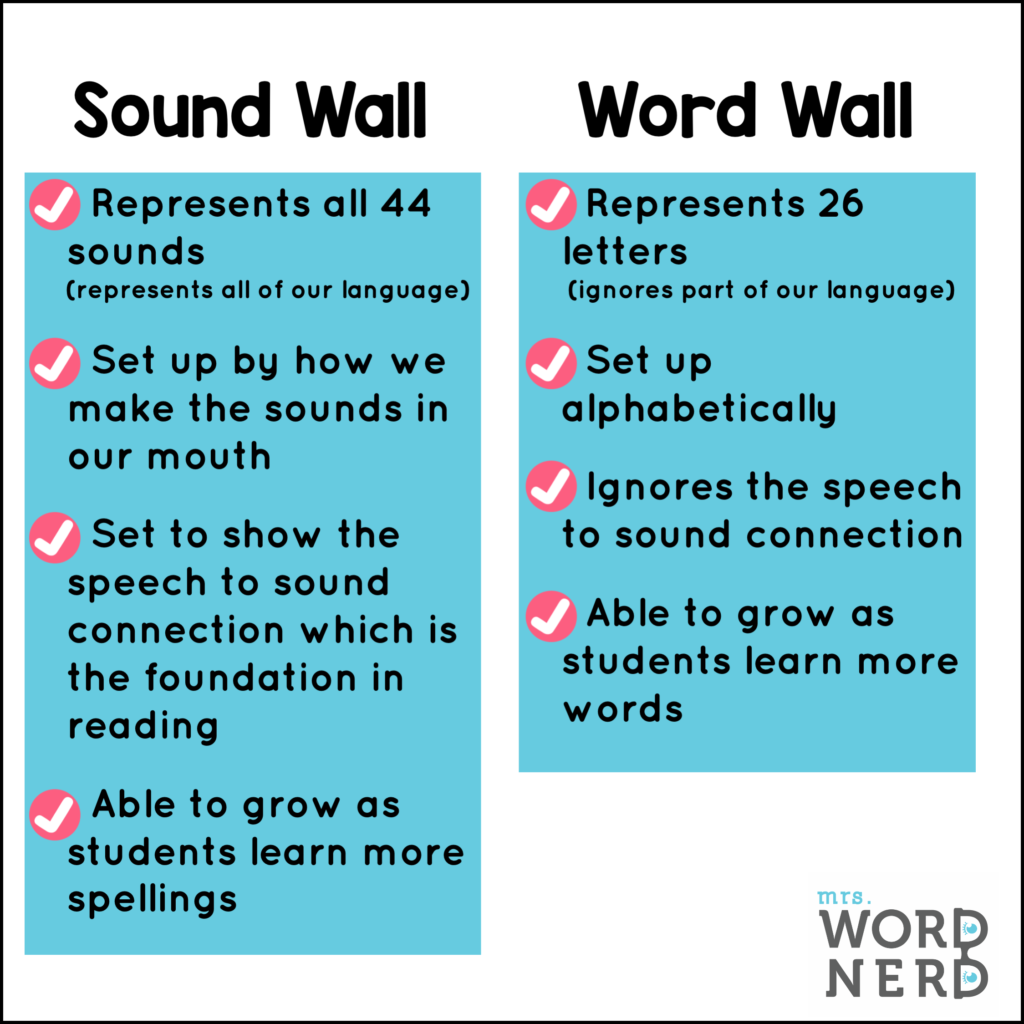
Now let’s break it down.
What They Represent
Word wall display all 26 letters, which is great. Yet in only doing each letter that leaves many sounds off the word wall. Many of these sounds are sounds that some of the words on the word wall start with.
Here is the problem: Say a first grader can’t remember how to spell should, but they know that it starts with the sh sound. Where do they find the sh sound on the word wall when they can’t remember that sh is really a s and h? They may know it is a special sound, but word walls aren’t normally built to include these special sounds.
Sound walls can display all 44 sounds. They don’t have to especially in lower elementary when just working on consonant and short vowels. This helps tailor it to what students need.
How They are Organized
The research is saying more and more that the speech to print connection is a powerful one to help move students from sound to print.
Even though a word wall does display the letters there is no other strong emphasis on the speech to print.
Sound walls have a strong speech to print connection since they visually are set up by how we make the sounds in our mouth. Students can see a visual of how their mouths move and the letter or letters that go with that sound.
Grow with Students
Both have the ability to grow with students as they grow in their learning of words and sounds. At the end of the year, a word wall will display all the words students should know by the end of the year.
A sound wall will display all the sounds and the spellings of those sounds that students should know.
Even though many teachers are trading a word wall for a sound wall let’s be clear. They are not the same thing or intended to do the same job. What one you choose to use in your classroom should be decided by a few questions:
- What would will be the most helpful to my students?
- Which one am I prepared to teach my students how to use?
- Which one helps support where my students are at? Do they really need to know how to spell these words? Or would more time on the sounds and their spellings benefit them more?
Answer these questions and you know what will be right for you.

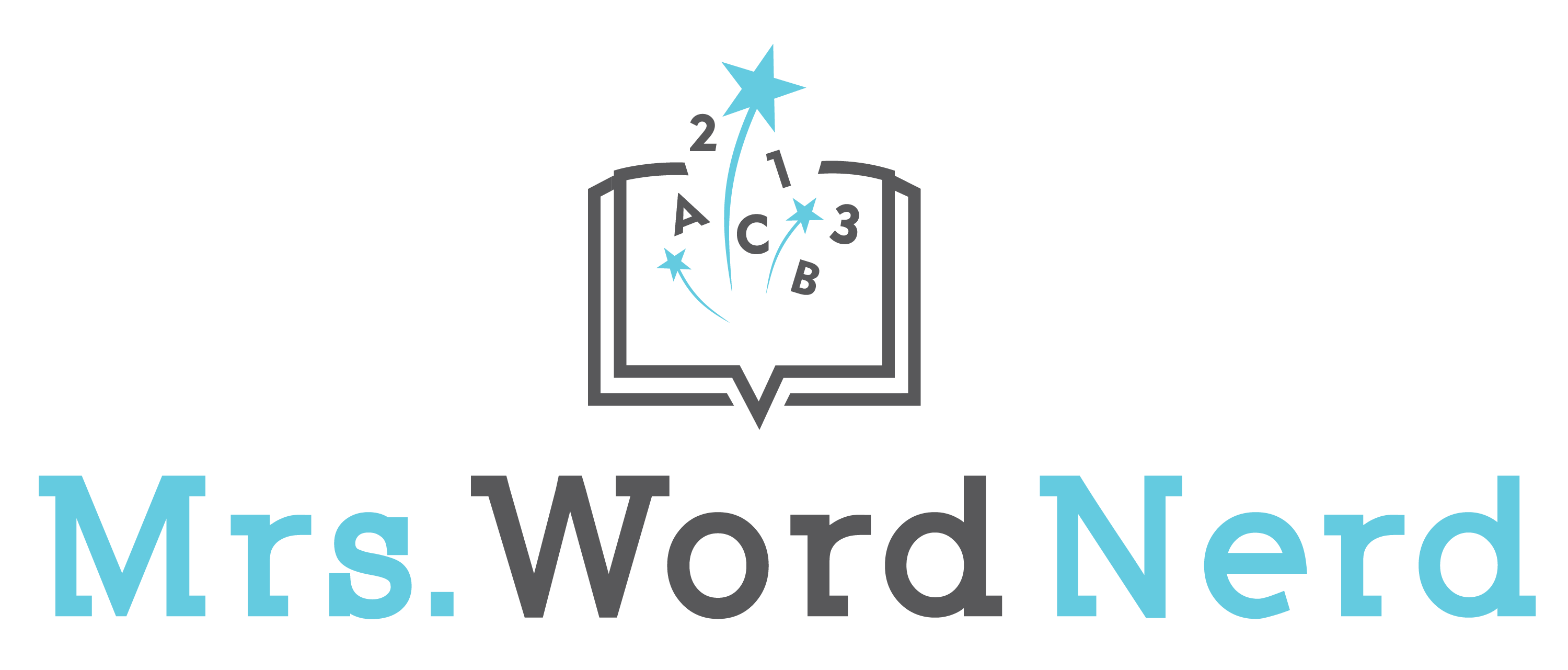
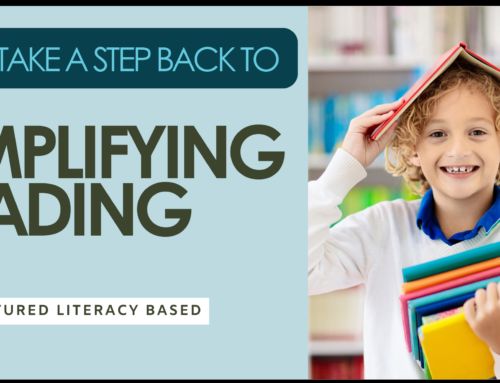

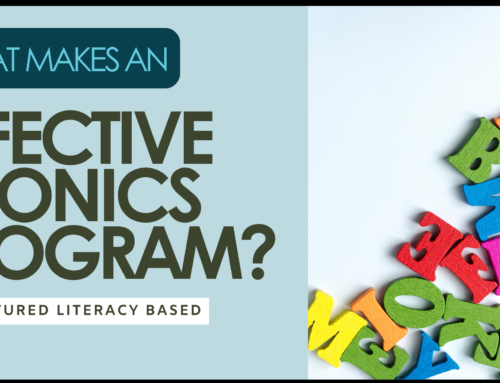
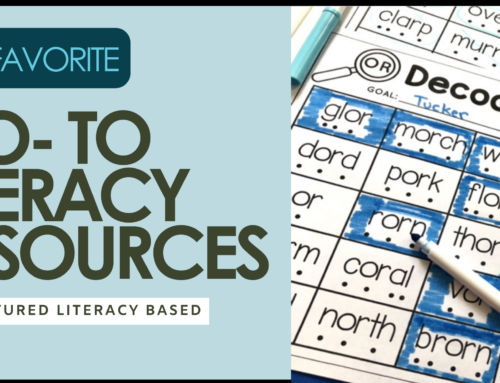
Leave A Comment